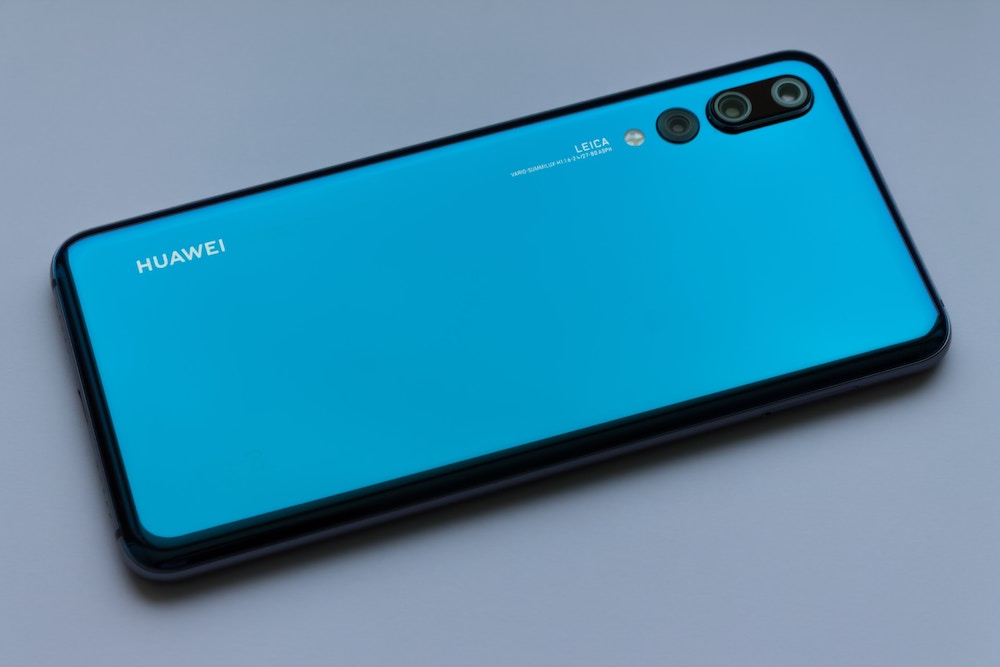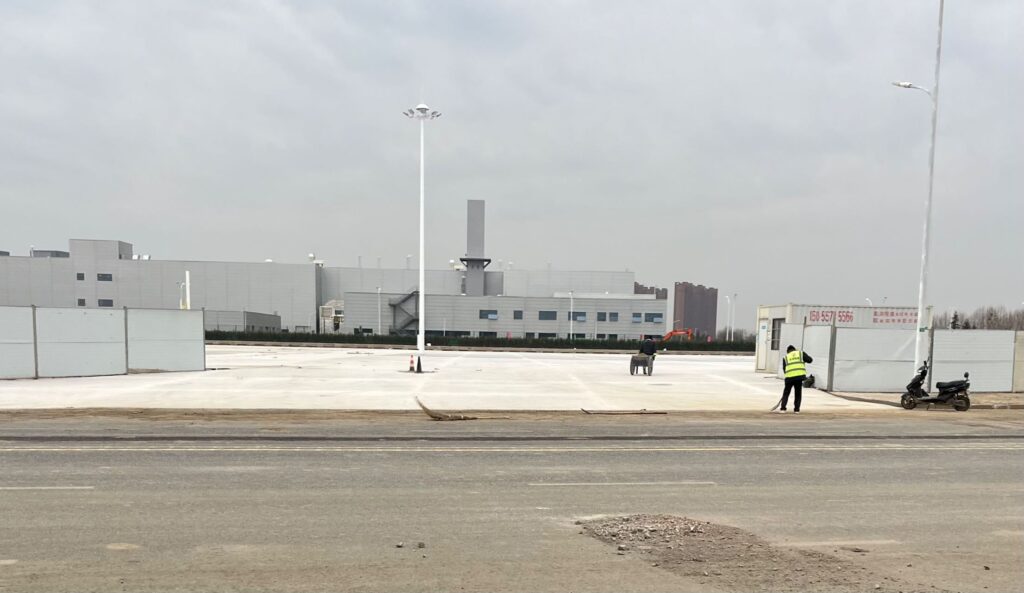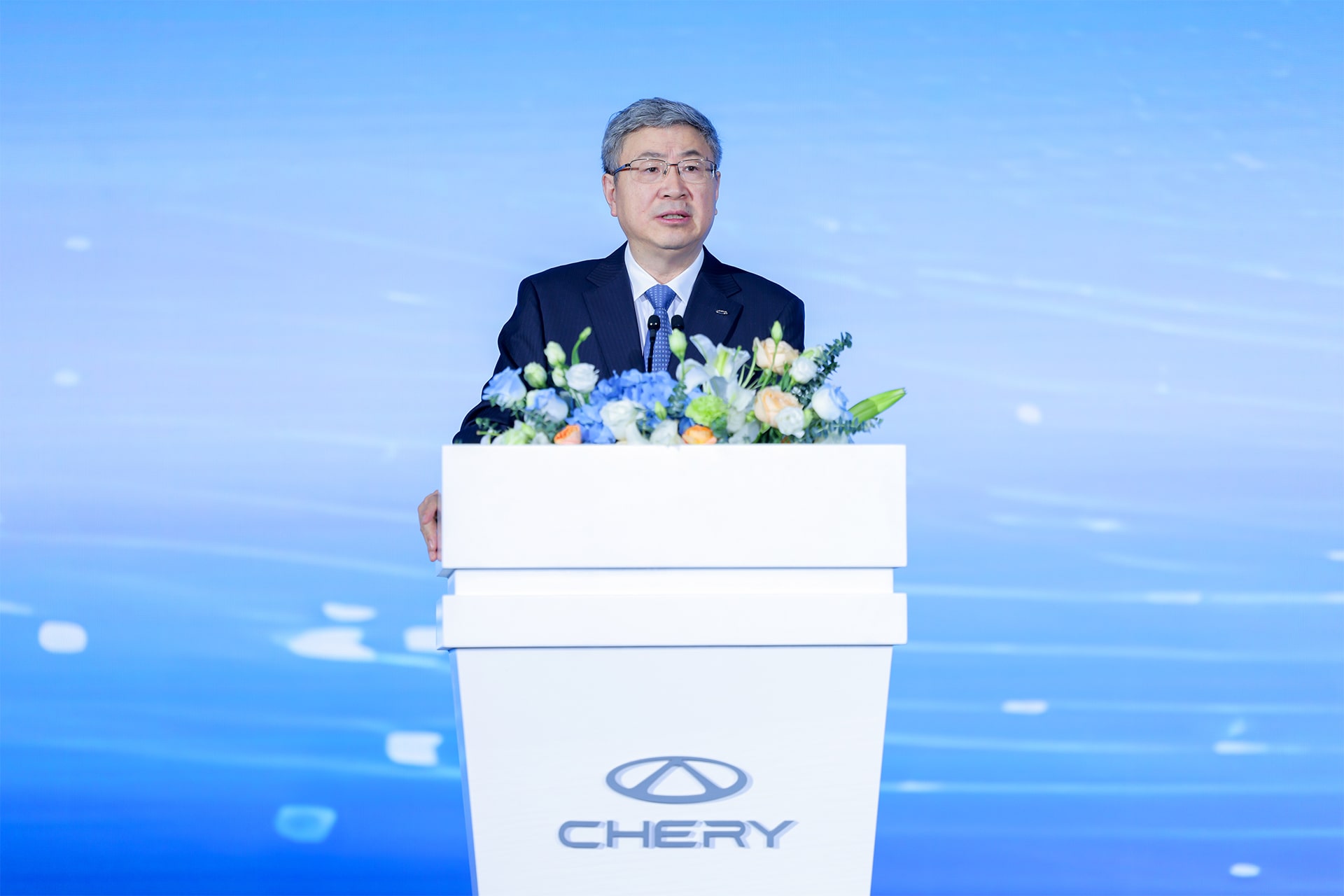Chinese technology giant Huawei has swiftly encountered a setback just as it aims to emulate the success of Aito.
According to weekly sales rankings released by Chinese electric vehicle manufacturer Li Auto, Huawei-backed Aito has been matching up to the sales of three L-series models. However, this feat has proved difficult to replicate in the partnership with fellow automaker Chery.

Luxeed, also known domestically as Zhijie, is the second automotive brand resulting from Huawei’s collaboration with Chery. Its success or failure will significantly influence Huawei’s fate in the automotive industry. Consequently, Huawei has allocated substantial resources to it.
Luxeed’s inaugural EV model takes the form of the S7 sedan, equipped with Huawei’s “Touring” chassis, an 800V high-voltage battery platform, an unmanned parking valet feature, and other technologies developed by Huawei. Placing heavy emphasis on the tech incorporated in this model has helped draw a significant number of orders. The Luxeed S7 debuted on November 28, and by year-end, its pre-order volume had already exceeded 10,000 units.
While it appeared to be a promising start for Luxeed, the automotive industry leaves no room for complacency. Since Luxeed began to accept orders, a sizable number of S7 customers have faced prolonged waits. The expected delivery time has stretched from the initial 4–6 weeks to over 6 weeks, particularly for the “White Sands Apricot” color model, with a delivery period of approximately 12 weeks. For some customers in specific regions, delivery has been postponed as far back as April—five months post the launch date.
As delivery times continue to extend, pre-order customers’ anxiety has become increasingly palpable. Several have gone online to issue updates on the situation, with some requesting the sales department to provide a clear delivery timeline. However, most inquiries have been rebuffed without further clarification. Disappointed, some customers have started exploring options to cancel or transfer their orders.
Salespersons at the Harmony Intelligent Mobility Alliance (HIMA) have also expressed hope for prompt Luxeed S7 deliveries. “Manufacturers do not disclose reasons for slow delivery and production schedules. Hence, when customers inquire, we mainly focus on reassurance,” a HIMA salesperson said.
The Harmony Intelligent Mobility Alliance (HIMA) is an automotive brand alliance initiated by Huawei. The members include Aito (Seres), Luxeed (Chery), Stelato (BAIC BluePark), and JAC Motors. HIMA was introduced in November 2023, in conjunction with the launch of the Luxeed S7.
It wasn’t until the seventh week after the launch of the Luxeed S7 that pre-order customers felt HIMA’s earnestness. On January 15, Luxeed announced that the factory was working at full capacity to expedite deliveries. For delayed orders, a delivery care subsidy was also introduced for customers who placed orders for the Luxeed S7 between November 28, 2023, and January 15, 2024. Customers who waited over 6 weeks to receive the Luxeed S7, or only received the vehicle after February 29, are entitled to receive a cash subsidy of RMB 200 (USD 28) per day, per vehicle, with a maximum subsidy of RMB 10,000 (USD 1,400).
While the introduction of cash subsidies has somewhat assuaged the ire of Luxeed S7 customers awaiting delivery, a sizable number of them have still expressed their discontent with the delayed delivery schedule on the HIMA app, updating the subsidy amount they have accumulated through posts.
The setback with the inaugural Luxeed model not only raises doubts about the sales of subsequent models but also casts doubt on whether Huawei’s automaking initiative can replicate success in collaborations with other car companies beyond Seres, deepening uncertainties. For Huawei, which has set a sales target of 600,000 vehicles this year, this setback cannot be overlooked.

Fine-tuning products, delaying deliveries
Huawei pinned high hopes on Luxeed S7 sales, aiming to secure numerous orders with performance claimed to be comparable to the Tesla Model S, and a starting price of RMB 249,800 (USD 35,120).
“For the entire first quarter, Huawei will primarily promote the Luxeed S7 and the Aito M9 Ultra. Whether through direct-operated stores or dealerships, for every unit sold of these two models, salespersons will receive an additional commission of around 20%,” a salesperson told 36Kr PowerOn.
However, the prospect of high Luxeed S7 sales is diminished by continually extended delivery times.
A shortage of cockpit chips was thought to be a challenge within Huawei that exacerbated the difficulty in delivering Luxeed S7 units. However, insiders familiar with the Luxeed project suggest that, while the chip supply shortage may have initially impacted production, it was quickly alleviated. “After all, the demand for cars hasn’t reached such a high level yet,” they noted.
Another major challenge in delivering Luxeed S7 was the adoption of new platforms, supply chains, and technologies. The initial yield of supplier products did not meet the requirements for large-scale production due to certain components and software lagging in production.
The low initial yield of products directly manifested in the first batch of Luxeed S7 showcase cars. A salesperson from HIMA disclosed that the first batch of Luxeed S7 showcase cars exhibited minor hardware and software issues. “The most noticeable issue is the lag in the car system, and there’s a significant disparity in the sound quality of the audio system compared to Aito’s models. Both colleagues and customers have experienced these issues,” they stated. Despite identifying these issues with the Luxeed S7, most customers proceeded with their orders “due to admiration for the Luxeed S7’s exterior design.”
However, Huawei, known for stringent quality standards, couldn’t overlook product flaws. “Huawei’s quality standards far exceed Chery’s expectations. They scrutinize products with a magnifying glass, and the defects Huawei identifies may not be visible to users,” said Gao Xinhua, deputy general manager of Chery, during a recent press conference.
Nonetheless, some users have detected flaws. An “inspection checklist” for the Luxeed S7 is circulating among users on social media platforms, highlighting workmanship details to be mindful of when receiving the vehicle, including seat materials, car window glass, and charging ports.
With various flaws identified in the Luxeed S7, Chery has initiated a recall of some delivered vehicles and is refining subsequent batches of products, further delaying Luxeed S7 deliveries to some extent.
There are Chery employees who have been noted to view the insufficient attention to detail with the Luxeed S7 as a consequence of Huawei’s premature release of the product before completing the end-of-line (EOL) testing process. Notably, the detailed problems with the first batch of Luxeed S7 vehicles were precisely the items checked during EOL testing.
EOL is the final inspection process before vehicles are delivered to customers, including testing of in-car electronic functions, body and panel gaps, appearance, paintwork, dynamic performance, rain testing, and more. Any issues identified during the EOL process will affect production line efficiency.
“The SOP planning for Luxeed S7 lagged half a year behind Exeed’s Sterra ES. Sterra ES was already exhibited at Auto Shanghai in April 2023, while the first real exposure of Luxeed S7 was around August the same year,” a Chery employee said.
Sterra ES is a pure electric sedan under Chery’s Exeed brand, launched on December 20, 2023. However, despite Luxeed S7 being scheduled for release after Sterra ES, it was launched a month earlier.
Factory not yet in operation, limited capacity
On the afternoon of January 16, the outskirts of Chery’s second “super plant” project appeared somewhat desolate. Facing the villages and farmland on its east and north sides, there were few vehicles and pedestrians passing by, and the south gate of the factory had yet to have a sign installed, with workers occasionally emerging out of the west gate.
This new factory covers an area of approximately 1,540 acres, with an annual capacity of around 500,000 vehicles, producing models such as the Luxeed S7. However, many parts of the facility, including employee dormitories and roads, remain under construction. Parts of the factory fence have not even been fully installed, allowing workers to come and go freely.

However, the status of the super plant was noted to be aligned with its construction plan, with a contract filing indicating its construction period to be 456 days and the completion date of its second phase as January 31, 2024.
And while there are already many regular employees in the factory, the urgency of customers reflected on the internet had seemingly yet to rub off, with a supplier of the new plant telling 36Kr PowerOn that the working hours are from 8:30 a.m. to 5:00 p.m., and the factory was only about to start production. Trial production was also expected to commence at the end of January 2024.
As of February 7, Chery has yet to confirm if the second phase of the super plant has been fully completed and if trial production has commenced.
According to Chery’s internal factory production plan, it will take around four months for the new plant to ramp up production capacity from trial production to full-scale production. A 2024 factory planning document obtained by 36Kr PowerOn also stated that “all efforts will be made to ensure that the project achieves full production capacity by May.” This means that around six months would have elapsed since the launch of the Luxeed S7, by the time the factory’s production capacity has ramped up.
An industry insider told 36Kr PowerOn that, prior to the production capacity ramp-up, it is necessary to adjust the production line of the factory to an appropriate rhythm. During the production process, the bulk of hardware and software issues may be discovered, diagnosed, and resolved, while the remaining 1% of problems will be continuously addressed by suppliers through over-the-air (OTA) upgrades.
Currently, the Luxeed S7 is being produced elsewhere. A Chery supplier said that, in addition to producing models such as the Sterra ES, Tiggo 8, and Tiggo 9, the Luxeed S7 is also being produced at the company’s first super plant, with hundreds of Luxeed S7 units being produced every week.
On one side is the weekly production capacity of hundreds of units, and on the other side is the 20,000-odd orders waiting to be fulfilled. The factory has seemingly accelerated production to narrow the gap between the two. “To accelerate the production of the Luxeed S7, there has been no rest time on weekends recently,” a Chery employee said.
In addition, Chery is recruiting employees for production in February. A recruitment intermediary told 36Kr PowerOn that recruitment is underway for over 1,000 workers, who will be dispersed among Chery’s three factories, with the new super plant recruiting inspectors, drivers, assembly, welding, and painting workers.
“The workers at the two plants were relatively idle before the Lunar New Year, but they will be very busy after the festival. The first batch of workers will work from 8:00 a.m. to 8:00 p.m., and the second batch of workers will take over from the first batch and work from 8:00 p.m. to 8:00 a.m. the next day,” the intermediary said.
Under Chery’s urgent dispatch, the production capacity of Luxeed S7 has gradually increased. Resultantly, some pre-order customers have unexpectedly discovered that the Luxeed S7 they purchased is being shipped.
This is not the first time Huawei has encountered such a problem. The new M7 from Aito, which was also released in the second half of 2023, had to postpone its delivery due to a large number of orders flooding in a short period. However, Seres doubled the factory’s production capacity within a month, successfully shortening the delivery cycle.
According to previous reports by 36Kr, Yu Chengdong, CEO of Huawei’s consumer business group, once said that, in order to catch up with production capacity, an additional RMB 1 billion (USD 140.6 million) was invested in the entire industry and supply chain of Seres, adding around 20,000 workers.
As of December last year, the factory producing the Aito M7 had 3,000 workers who worked in a two-shift arrangement, undertaking working relays to increase the daily production capacity of the new model from 450 to 750 vehicles, equivalent to producing a new car approximately every 105 seconds.
However, according to insiders, in the review of the Luxeed project, Huawei found that it had neglected control of production resources and even lacked control over the production schedule. Communication with Chery in this regard has therefore been strengthened.
Huawei still has smart car projects underway in cooperation with JAC Motors and Chery, among others, awaiting launch. In addition to the existing Aito and Luxeed cars, new models are slated for release in the coming year, which will undoubtedly pose further challenges to its factories and the supply chain.
KrASIA Connection features translated and adapted content that was originally published by 36Kr. This article was written by Tian Zhe for 36Kr.

